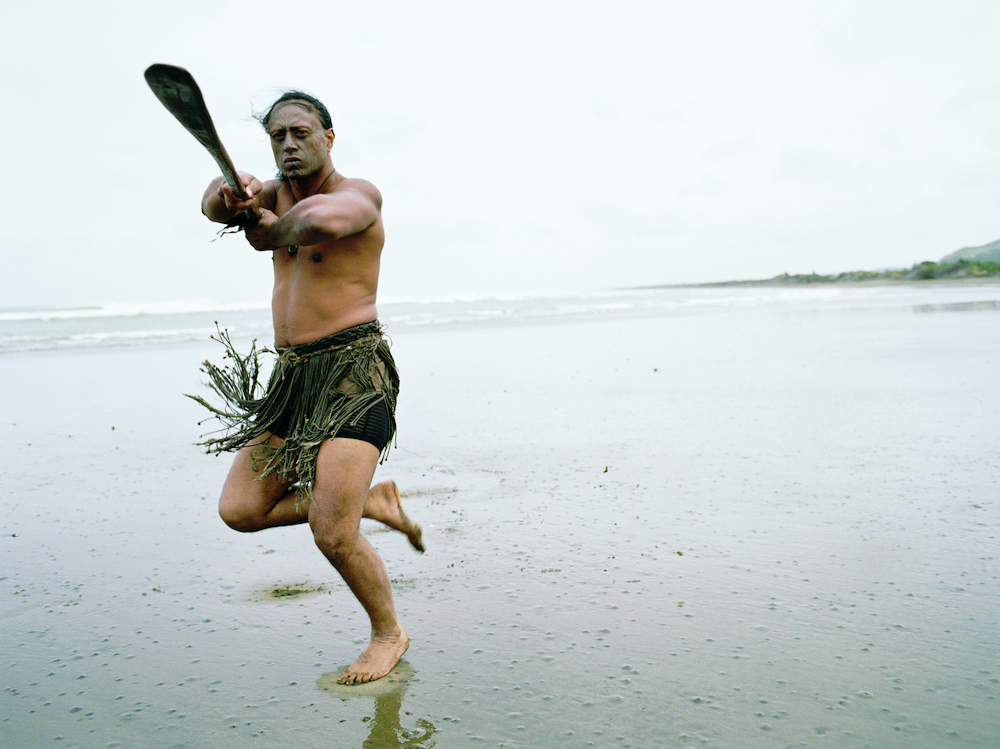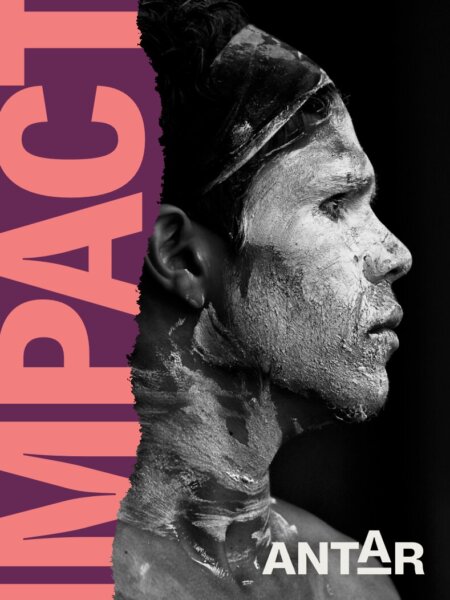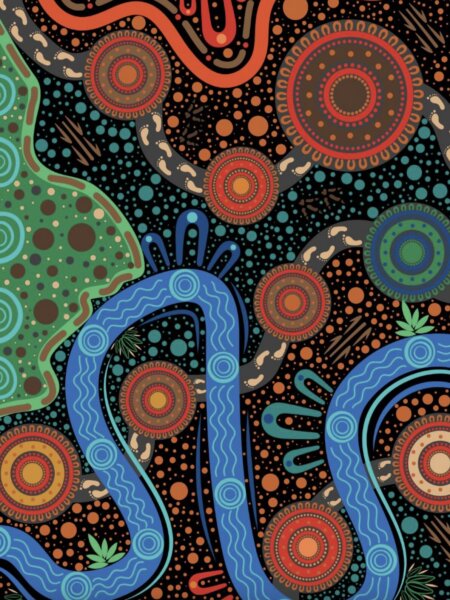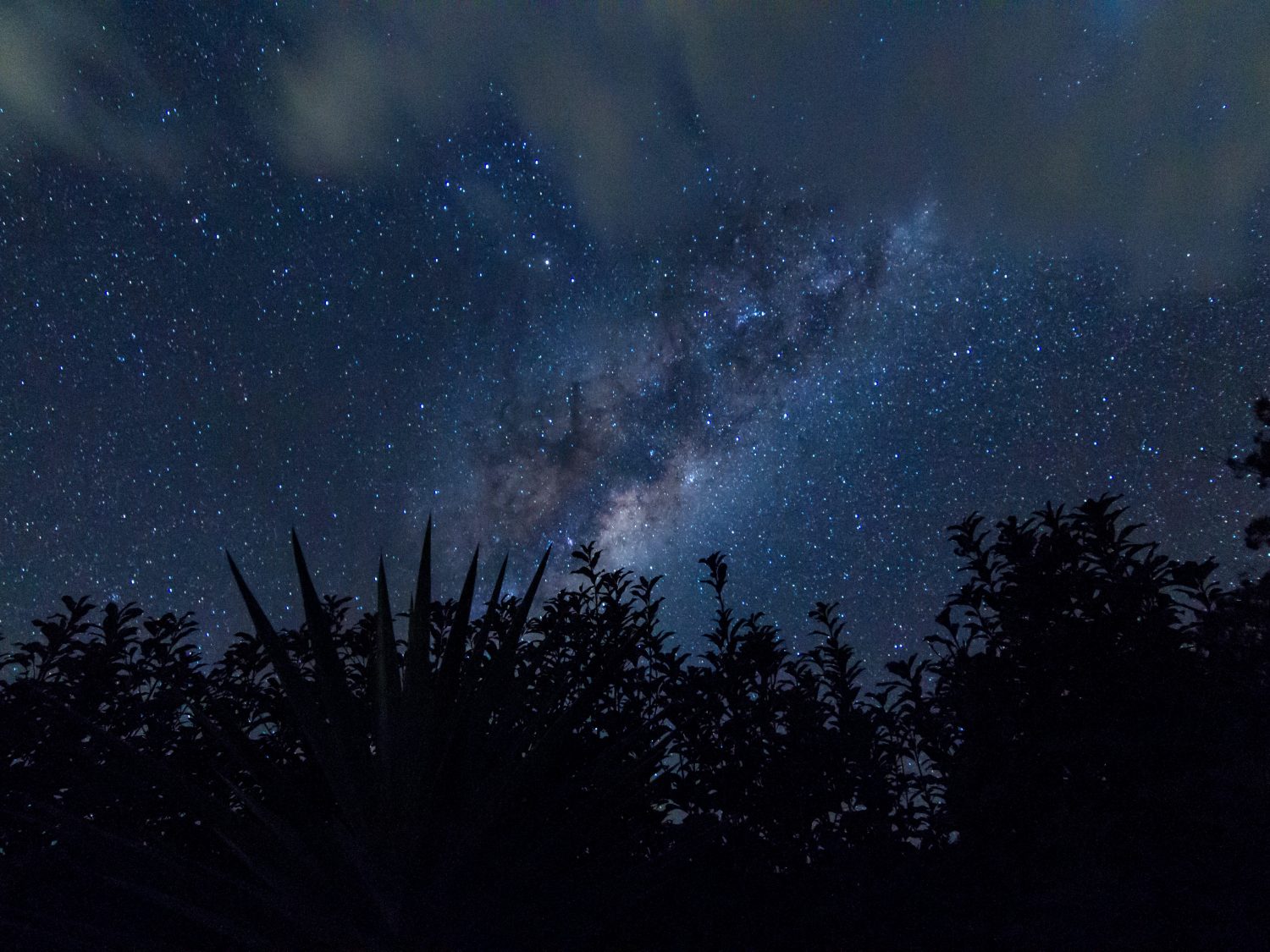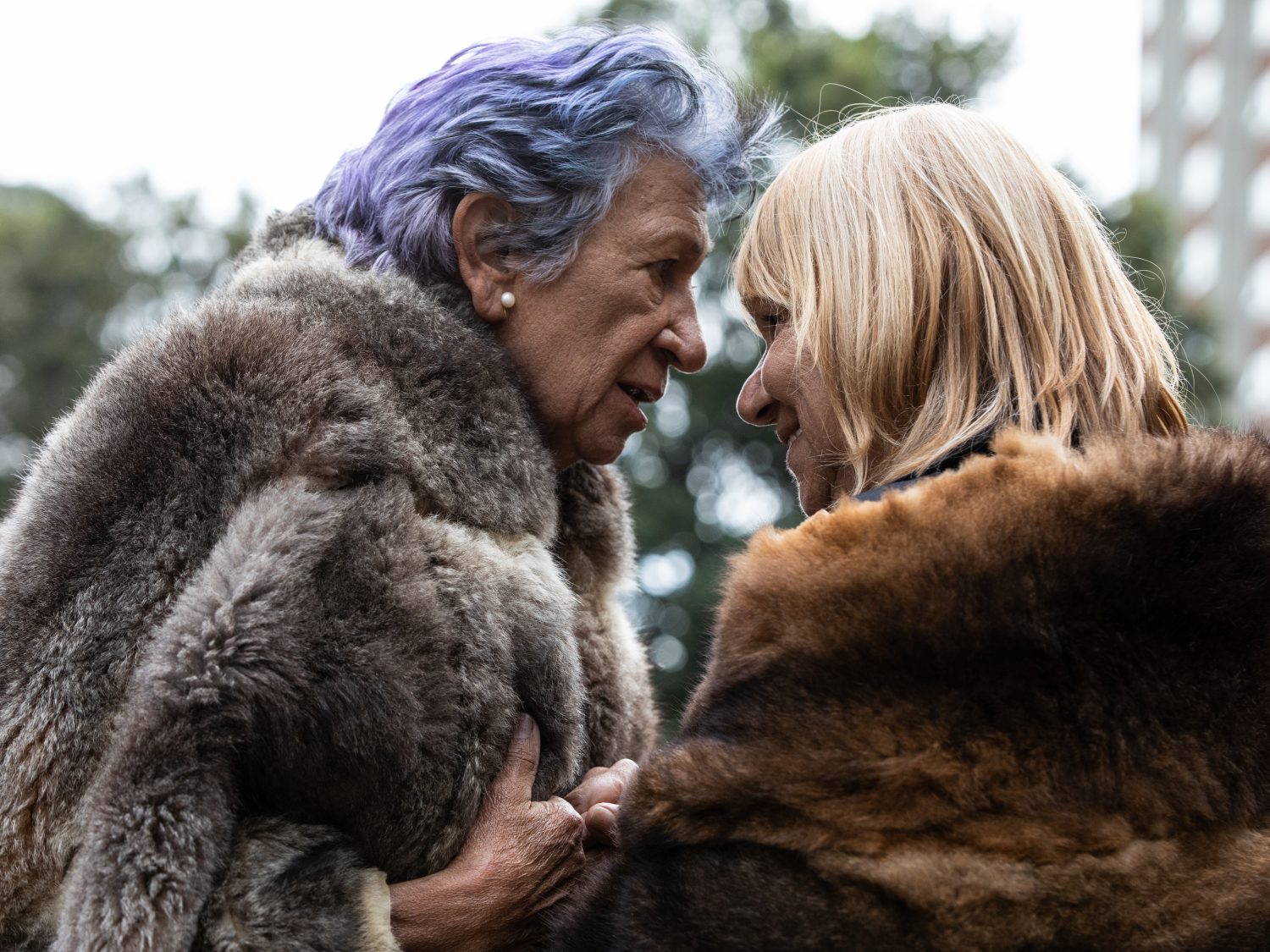While states and territories in so-called Australia are now at various stages of engagement with First Nations Peoples on contemporary treaty making processes that might begin to rectify or at the very least acknowledge these historical wrongs, other settler colonial countries have been long engaged in treaty and agreement making, both historical and contemporary.
Treaties: instruments of empire, beacons of hope…?
Looking at treaties in both a historical and contemporary context draws out a tension inherent in the complex process of treaty making: on the one hand, there is increasing dialogue and analysis of historical treaties with First Nations Peoples in settler colonial nations such as Canada, the US and New Zealand as being ‘instruments of empire’ that were most often characterised by power imbalances, misunderstanding and non-observance on the part of the settler colony.
And yet despite these failures and betrayals, modern treaty making continues to play a powerful role in the collective minds and political debates of contemporary settler colonial societies like Australia, with an emphasis on the potential of treaty and agreement making to shift power relations and transform the relationship between settler colonial nations and First Nations. In his article on treaties and re-setting the colonial relationship, Dominic Sullivan argues that:
…treaties are potentially transformative, not because they may settle historical grievances, but because their required mutual recognition of each party’s enduring political standing means that they define ongoing, just terms of association.
In other words, the power of contemporary treaty making is not so much that it magically fixes the damage of colonisation, but that in the process of making treaties, the settler state is asked to recognise and reckon with the ongoing legitimacy and sovereignty of First Nations. And in so doing, it is asked to commit to new ways of seeing, relating to and power sharing with First Nations peoples as sovereign peoples with long histories of sophisticated political, economic, social and spiritual systems.
In this sense, contemporary treaty making can be understood not as a cure-all or an end in and of itself, but as a process that – if done with integrity and commitment – transforms the power relationship between the State and First Nations peoples in ways that can begin to set better foundations. As barrister and Wirdi man Tony McAvoy says, treaty is no ‘silver bullet’, but it is about putting First Nations peoples “into the modern-day position that we ought to have been in if they [settler colonial governments] had done the right thing.”
So what can we learn from contemporary treaty making – or the contemporary implications of broken or unenforced historical treaties – elsewhere in the world? Perhaps it is this: that treaty is neither a simple instrument of empire, nor a silver bullet. Governments have historically and may still attempt to undo, break or breach treaties, and yet they still represent the best path forward in creating better outcomes for First Nations peoples based on humanity and dignity.
Let’s take a quick look at how treaties have evolved elsewhere and what lessons might be learned for contemporary treaty making here at home (hint: we must hold Governments accountable!).
British Columbia
Turtle Island / Canada
Historically, treaty processes between Canada and First Nations were initiated and completed in most areas of the newly formed nation of Canada in the early days of colonial arrival under what’s known as the Royal Proclamation of 1763, a British document which acknowledged the prior and continued existence of First Nations on the lands and declared that the British Crown could only take possession of these lands by treaties.
This process, however, didn’t quite make it to the vast area now known as the province of British Columbia (BC). Other than 14 purchases of First Nations land between 1850 and 1854 at the request of the British Crown – transactions known as the Douglas Treaties – and parts of north-eastern BC which were included in Treaty 8 signed in 1899, BC does not have historical treaty documents and began it’s contemporary treaty process in 1991, when the British Columbia Claims Task Force recommended the creation of a British Columbia Treaty Commission to facilitate the negotiation process.
Interestingly, even Treaty 8 was not adequately honoured, with the Canadian government recently agreeing to pay $800 million CAD to five First Nations in BC as an acknowledgment that they have failed to abide by the treaty for more than 100 years.
The first modern-day treaty in BC, formed after years of First Nations activism and negotiation, was the Nisga’a Treaty, implemented in 2000 between Canada, BC and the Nisga’a Tribal Council. The Nisga’a Treaty is particularly interesting as it includes the right of self-government and recognizes Nisga’a ownership of 2, 000 sq. km. and treaty rights to a further 27, 000 sq. km. of their traditional territory in the Nass Valley in northwestern British Columbia. You can read reflections on this 24-year old treaty by Nisga’a negotiators here as well as how Nisga’a First Nation and the provincial government recently handled a conflict that came up in their treaty.
Since then, three modern treaties with eight First Nations have been negotiated and signed in BC – Tsawwassen First Nation Final Agreement in 2009, Maa-nulth First Nations Final Agreement in 2011 and Tla’amin Final Agreement in 2016. Importantly, these contemporary treaties offer a framework for dealing with issues not covered by historical treaties elsewhere in Canada, including contemporary First Nations rights, self-government, land and resources, fishing and forestry. A representative body for these eight Modern Treaty Nations exists in the form of a coalition called The Alliance of BC Modern Treaty Nations that work together to advance and advocate for areas of shared interest relating to the implementation of modern treaties in British Columbia, including revenue sharing and co-management of fisheries, lands and resources.
You can access an interactive map of modern treaties completed through the BC treaty negotiations process here.
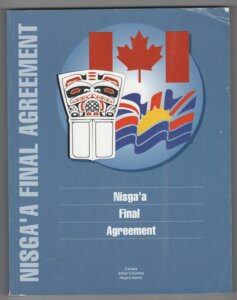
The front cover of the Nisga’a Final Agreement, a modern treaty signed by the federal Canadian government, the provincial BC government and Nisga’a First Nation. Image credit: Ainsworth Books.
Aotearoa / New Zealand
Te Tiriti o Waitangi (The Treaty of Waitangi) – the main agreement between the British Crown and a large number of Māori chiefs – was signed on 6 February 1840 and is widely accepted to be a constitutional document that establishes and guides the relationship between the Crown (the Government of New Zealand) and Māori. Importantly, not everyone supported the agreement or had the opportunity to sign.
In theory, the Treaty promised to protect Māori culture and to enable Māori to continue to live in New Zealand as Māori whilst simultaneously granting the Crown the right to govern New Zealand and to represent the interests of all New Zealanders.
In reality, whilst the treaty had been in existence since 1840, it wasn’t properly and practically honoured until 1975 when the Treaty of Waitangi Act came into effect. The Act provides for the observance and confirmation of the principles of the Treaty of Waitangi by establishing the Waitangi Tribunal to make recommendations on claims relating to the practical application of the Treaty. You can read more about the process here.
More recently, the Treaty of Waitangi has come under threat with the newly elected coalition government in New Zealand claiming they will review its principles. Worryingly, along with treaty review, the government – led by National’s Christopher Luxon – has announced at least a dozen policies that provide for Māori will be repealed or reviewed, including rolling back initiatives designed to improve Māori health outcomes, minimising Māori language use in the public service and scrapping the Māori Health Authority, Te Aka Whai Ora, which was set up to reverse negative Māori health outcomes.
To read more on lessons from the Māori context for Australian treaty making, click here.

A parchment sheet, one of nine documents on paper and parchment that make up the original Te Tiriti o Waitangi—The Treaty of Waitangi. Image credit: UNESCO Memory of the World.
The treaty itself will not be the ultimate answer to all the ills we face as a people. However, the journey toward a treaty can be the foundation for the creation, development and implementation of processes that enable the building of culturally safe social orders, structures and events that take into account our cultural shape, ways and needs. The choice is ours.
Richard J Franklind
Treaty Reading List
To delve more into treaty, you can watch our series of Treaty Talks here.
